firstbiggestmost
Full Member
- Oct 29, 2009
- 127
- 1
- Detector(s) used
- Excall II, Tesoro Sand Shark
- Primary Interest:
- All Treasure Hunting
Hi everyone,
I found this hunting the fresh cuts at high tide. Its made of wood and brass/bronze. I'm guessing its part of a boat or fishing gear?? It looks fairly old. Any ideas??
Thanks and happy hunting.
This one is solved thanks to help from the Director of Archaeology-Mel Fisher Maritime Heritage Society.
Now all I have to do is figure out how to preserve this thing, oh and what ship it might be from.
Thanks for all the help.
Happy huntingYou have found a wooden pulley sheave with a brass coak. The sheave is the wheel inside a pulley, and the coak acts as a bearing to protect the wood of the sheave from bearing worn by the axle-like pin on which it turns. Judging by the broad arrows, the piece most likely originated from a British Royal Navy vessel. The wood is worm-eaten but looks to be pretty hard stuff, probably lignum vitae. I do not know what the other markings mean, but they are probably decipherable, given enough research. You might search information concerning the equipment of the Roayal Navy. Offhand, the item appears to be from the 19th century.
Some helpful links are below. It may be that your piece was actually made at the Portsmouth mill.
http://en.wikipedia.org/wiki/Portsm...d_measurement/05.ST.02/?scene=3&tv=truecolor]
I found this hunting the fresh cuts at high tide. Its made of wood and brass/bronze. I'm guessing its part of a boat or fishing gear?? It looks fairly old. Any ideas??
Thanks and happy hunting.
This one is solved thanks to help from the Director of Archaeology-Mel Fisher Maritime Heritage Society.
Now all I have to do is figure out how to preserve this thing, oh and what ship it might be from.
Thanks for all the help.
Happy huntingYou have found a wooden pulley sheave with a brass coak. The sheave is the wheel inside a pulley, and the coak acts as a bearing to protect the wood of the sheave from bearing worn by the axle-like pin on which it turns. Judging by the broad arrows, the piece most likely originated from a British Royal Navy vessel. The wood is worm-eaten but looks to be pretty hard stuff, probably lignum vitae. I do not know what the other markings mean, but they are probably decipherable, given enough research. You might search information concerning the equipment of the Roayal Navy. Offhand, the item appears to be from the 19th century.
Some helpful links are below. It may be that your piece was actually made at the Portsmouth mill.
http://en.wikipedia.org/wiki/Portsm...d_measurement/05.ST.02/?scene=3&tv=truecolor]


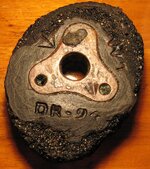
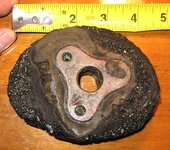
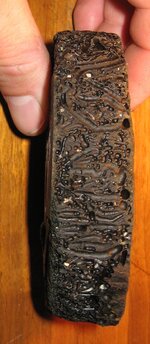
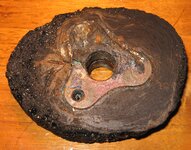
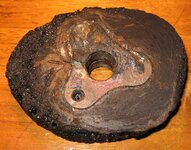
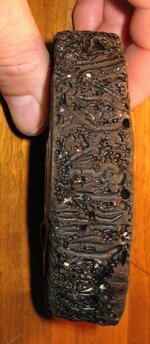
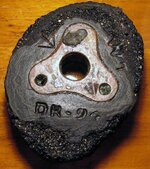
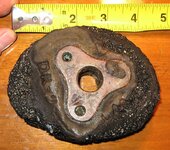
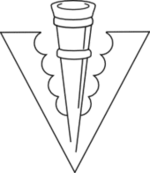
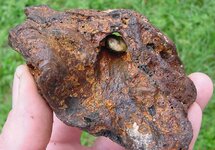
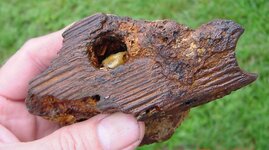
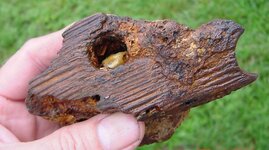
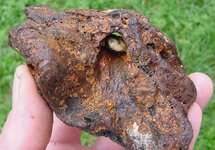
 cool find.
cool find.
